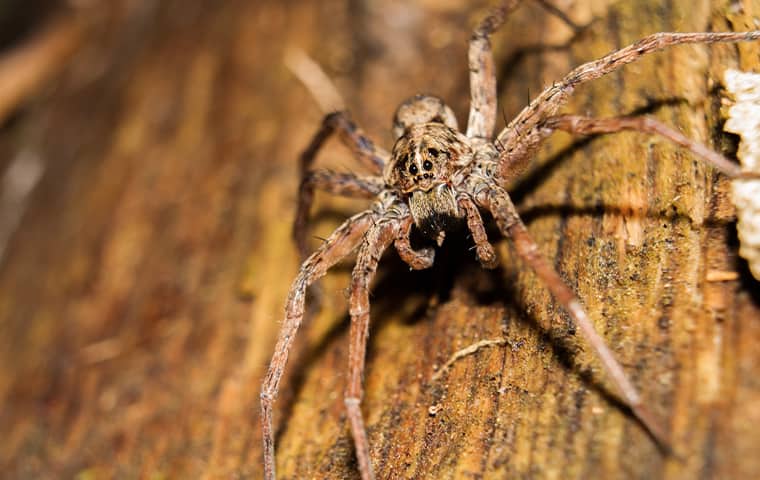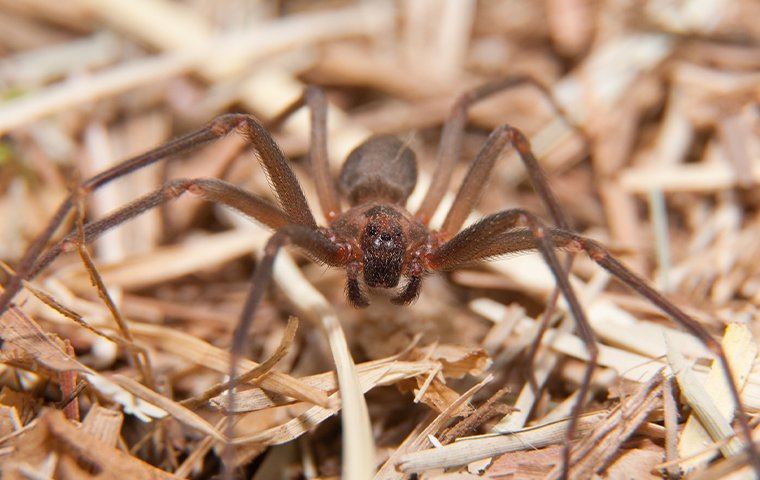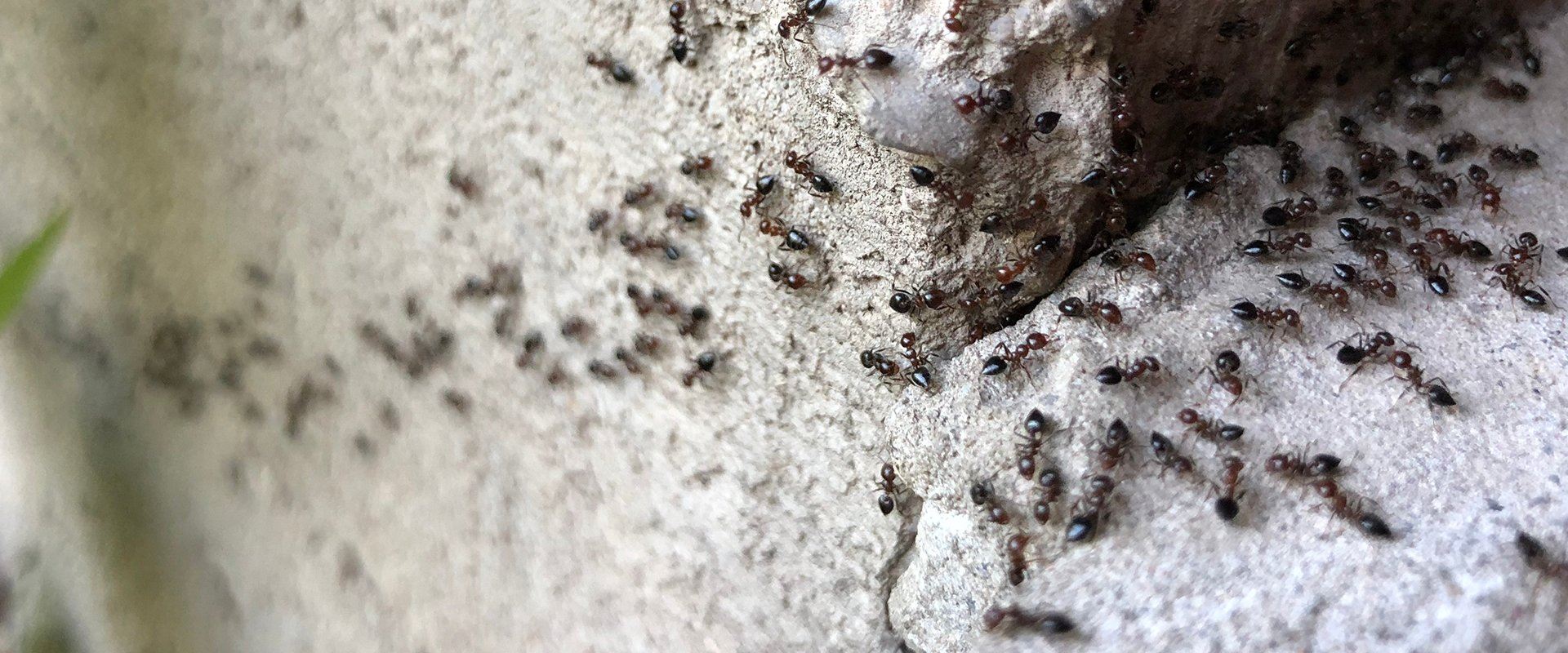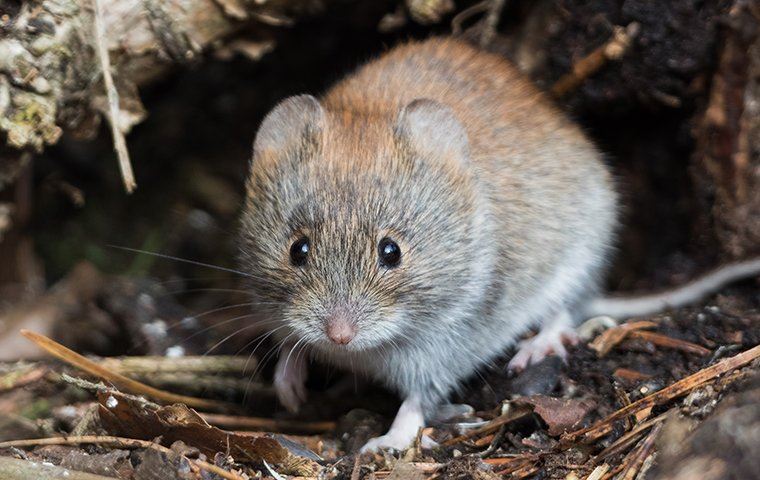
Child B
Our FAQ
Have questions? We are here to help. Still have questions or can't find the answer you need? Give us a call at 844-933-2588 today!
-
Wolf SpidersThe wolf spider is a larger species of spider with a body that grows between 1/2 an inch to 2 inches in length. Their eight powerful legs allow them to chase after and hunt down their quick-moving prey. Their bodies and legs are covered in dark brown hair with paler markings or stripes. Wolf spiders have a unique eye pattern of two large eyes on the top of the head, two large eyes at the front of the head, and a row of four smaller eyes just above their mouth.

-
Brown Recluse SpidersAs their name states, brown recluse spiders are a light brown color. These spiders also have a darker brown, often violin-shaped marking located on the top side of their head. A unique feature of the brown recluse spider is the semi-circle arrangement of their six eyes as most other spider species have eight eyes.

-
Black Widow SpidersBlack widow spiders have large, round or oval-shaped abdomens. The female black widow spider’s most recognizable feature is the red hourglass-like marking located on the bottom of their abdomens. In contrast, male black widow spiders are a medium gray or olive color with cream-colored markings. The hourglass marking on the underside of the male’s abdomen is yellow or a yellowish-orange color.

-
VolesVoles have a small, stocky body with short legs and a short tail. Fur covers their ears, keeping them hidden from view, and their body is covered in chestnut-brown or black fur. Blunt snouts and chisel-shaped front teeth help to identify voles.


During your initial service, you'll have the opportunity to address any pest concerns that you have with your technician so that he or she can make sure to address those issues. The initial service takes about an hour to complete and consists of an interior and exterior flush-out treatment. You may notice an increase in pest activity in the days following the treatment; this is normal as pests are flushed from their hiding spots. If the activity has not subsided after ten days, please contact us and we'll come back to take care of it.